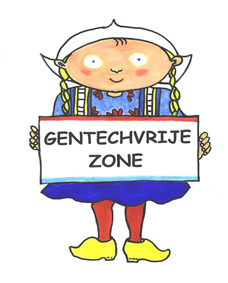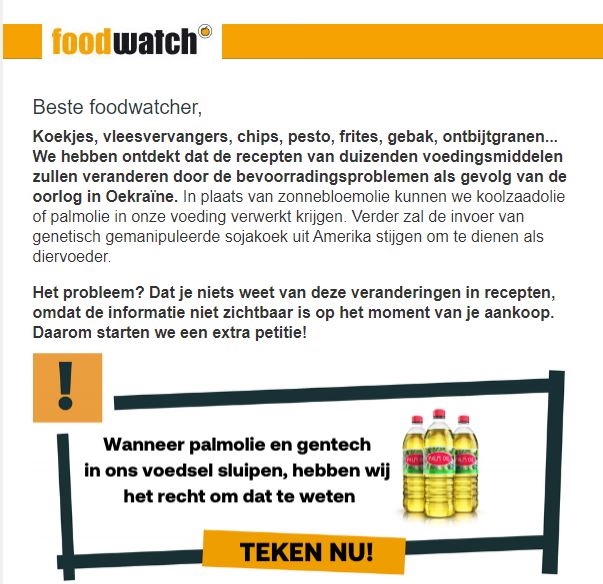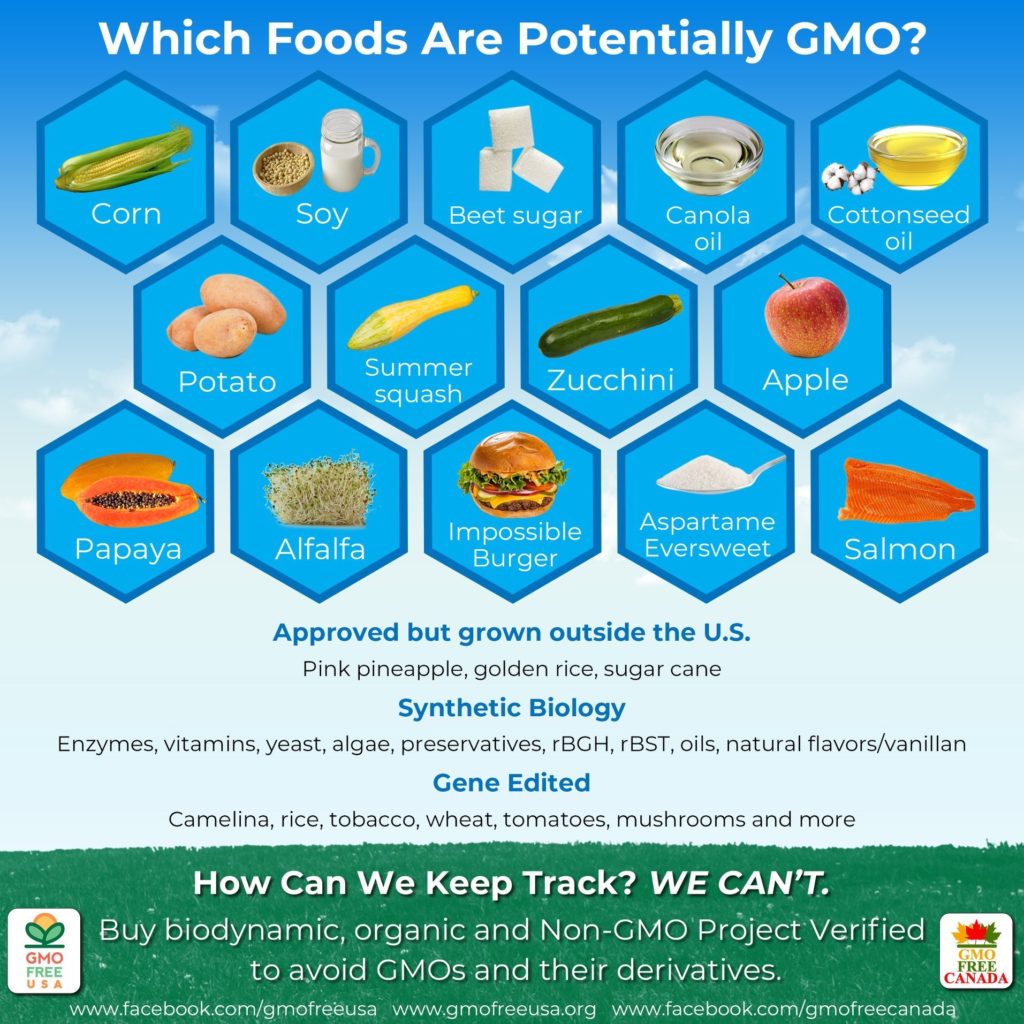Groot nieuws!

Vandana Shiva, Trägerin des Alternativen Nobelpreises, in Köln beim Evangelischen Kirchentag 2007} |Vandana Shiva, Right Livelihood Award 1993, 2007 in Cologne. Date=2007-06-10 |Author= Elke Wetzig GNU Free Documentation License.
De wereldberoemde activiste Vandana Shiva vertelt tijdens het congres SEED MATTERS, op 1 juni in Antropia in Driebergen, en 2 juni in de Meerpaal in Dronten (zie onder) over de strijd die zij al decennia lang voert tegen de overheersende krachten van de zaadgoed-multinationals.
Lees verder “Vandana Shiva op resp. 1 en 2 juni 2024 in Driebergen en Dronten”




